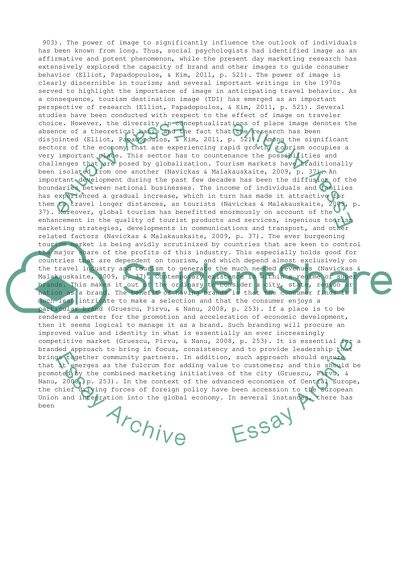Cite this document
(n.d.)
Retrieved de https://studentshare.net/business/1456991-what-is-the-role-of-tourism-in-a-countryyies
Retrieved de https://studentshare.net/business/1456991-what-is-the-role-of-tourism-in-a-countryyies
()
https://studentshare.net/business/1456991-what-is-the-role-of-tourism-in-a-countryyies.
https://studentshare.net/business/1456991-what-is-the-role-of-tourism-in-a-countryyies.
n.d. https://studentshare.net/business/1456991-what-is-the-role-of-tourism-in-a-countryyies.


